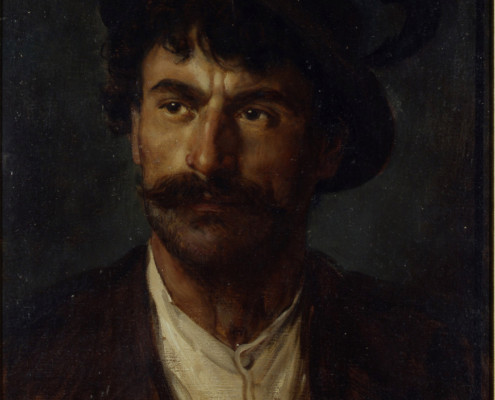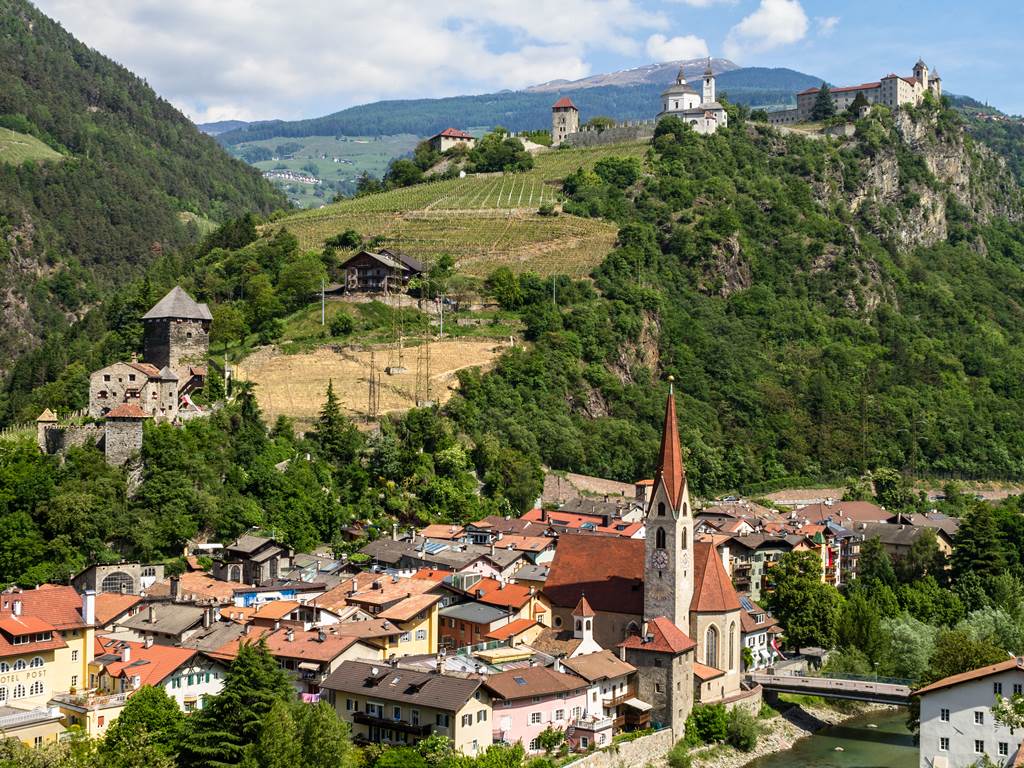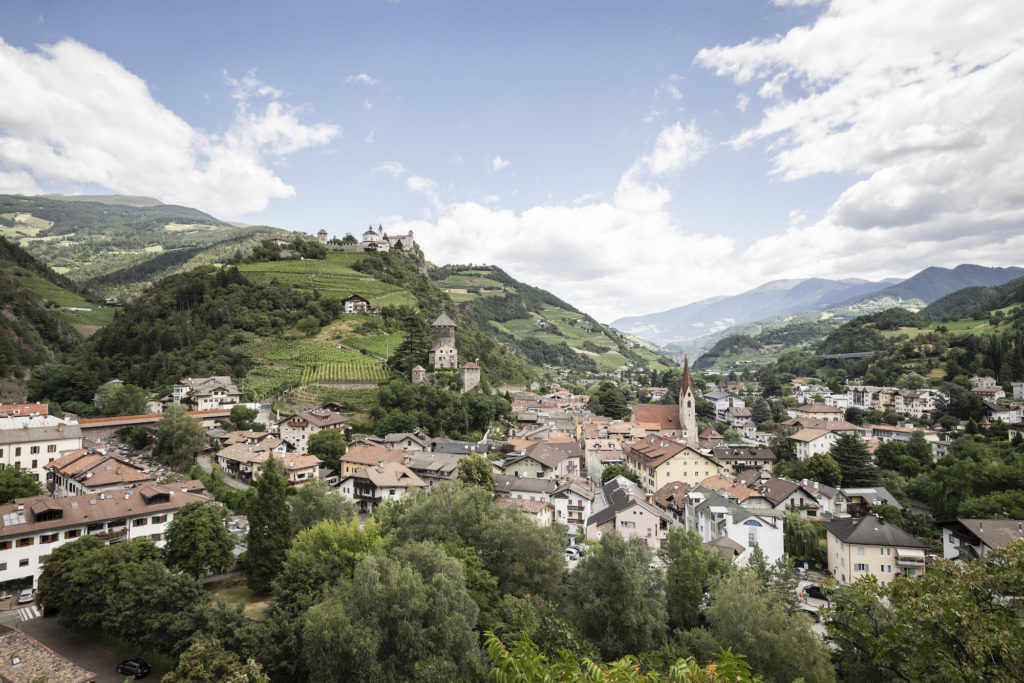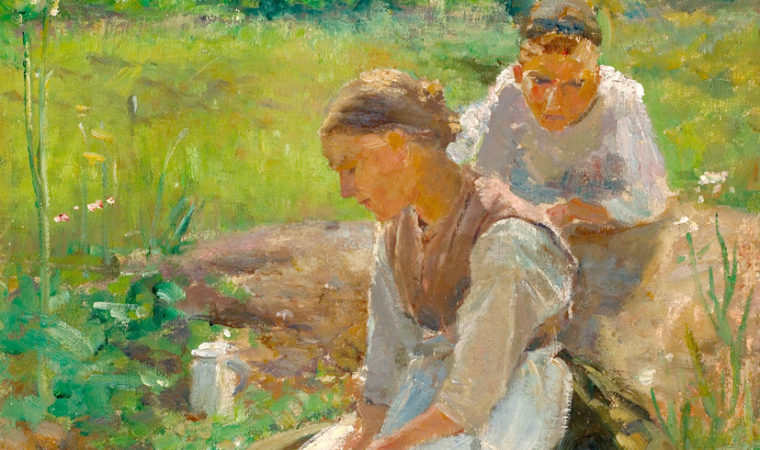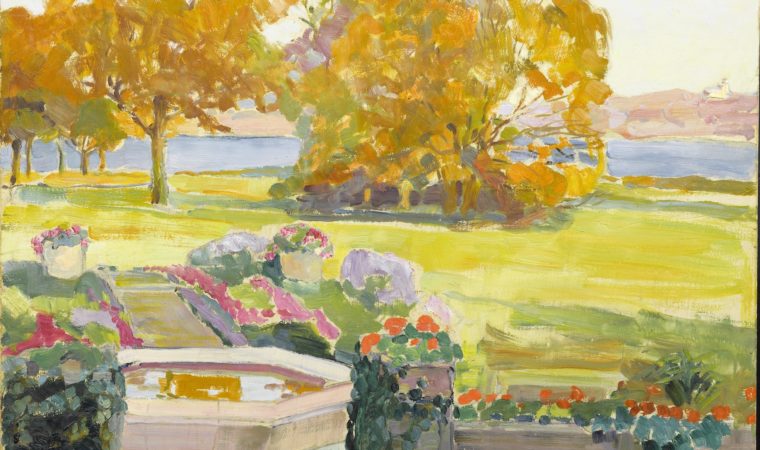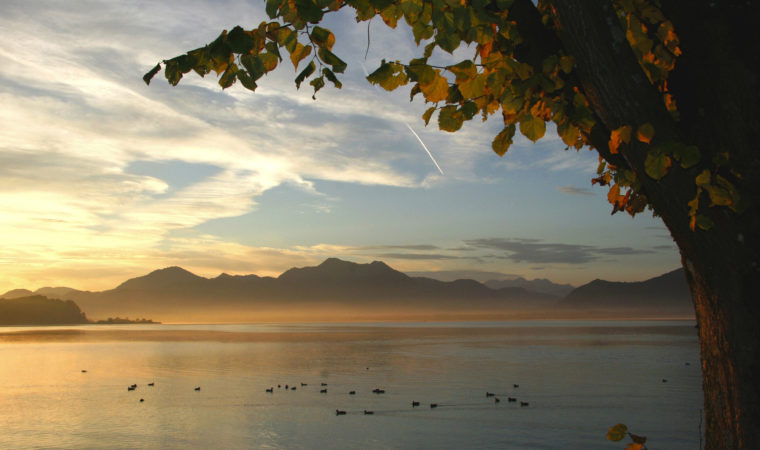Chiusa/Klausen rose to become the “city of artists” because of an incisive event in literature and history. The Vogelweide farm in nearby Lajener Ried was discovered to be the birthplace of minnesinger Walther von der Vogelweide. This “Walther mania” attracted many writers and researchers, and Chiusa began to flourish as a meeting point for artists. The city’s rustic appearance and homey ambience transformed it into one unique open-air workshop. In those fifty years since the start, close to 300 painters and sculptors stayed in the city to work.
Alexander Koester (Bergneustadt / Rhineland 1864 – Munich 1932) is considered to be one of the most significant representatives of the Klausner Art Colony. Few artists’ names are as inextricably linked to this city as his own. After graduating from the Academy in Munich, Koester first came to Chiusa/Klausen during a study tour in 1891. Here, he would later meet his future wife, Isabella, daughter of the “Lamm” innkeeper. From 1896 to 1915, he lived and worked in this picturesque town at the Isarco river. He built a villa and a studio, and he ran a summer workshop in Munich from 1898. Koester’s years in Chiusa were his most creative ones, during which he discovered his favourite subject, the duck, and a passion for scenic water landscapes.


